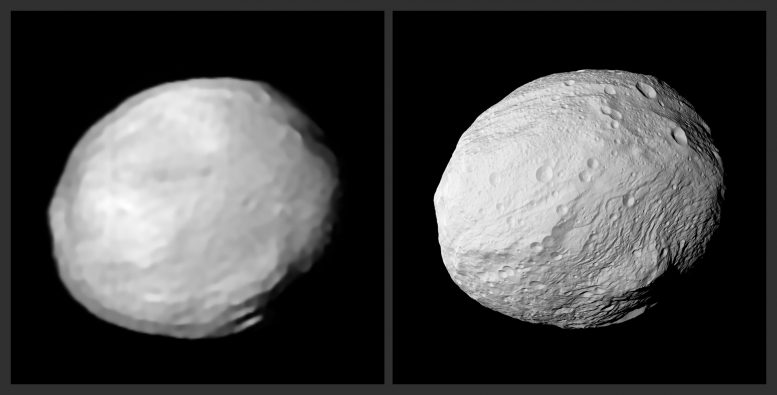
Asteroid Vesta pictured here is in a region of space between Mars and Jupiter that is filled with rocky debris. Credit: ESO/L. Jorda et al., P. Vernazza et al.
Sitting between Mars and Jupiter, the doughnut-shaped asteroid belt is packed full of rocky bodies and debris. Despite its fragmented, rubbly nature, the total mass contained within the belt is considerable — roughly four percent of that of the Moon! The majority of this mass is contained within two distinctive bodies: Ceres, a dwarf planet estimated to make up a third of the mass of the belt, and the asteroid Vesta, which holds around nine percent of it. Vesta is pictured here.
Vesta was recently observed by the SPHERE/ZIMPOL instrument on ESO’s Very Large Telescope (VLT) — the SPHERE image is shown on the left, produced using the MISTRAL algorithm, with a synthetic view derived from space-based data shown on the right for comparison. SPHERE, the Spectro-Polarimetric High-contrast Exoplanet REsearch instrument, is a powerful planet-finding and direct imaging instrument. ZIMPOL is one of its subsystems: a specialized camera perfectly suited to taking very sharp images of small objects — like Vesta.
The synthetic image was generated using a tool developed for space missions called OASIS. Factors such as the reflectance of Vesta’s surface and the geometric conditions of the VLT/SPHERE observations where accounted for by OASIS, which used a 3D model of Vesta’s shape based on images from NASA’s Dawn spacecraft (which completed a 14-month survey of Vesta between 2011 and 2012).
SPHERE’s image of Vesta is impressive given the separation between Earth and Vesta, and the small size of the asteroid — it lies twice as far from the Sun as our planet does, and has a mean diameter of just 525 kilometers (326 miles). It shows Vesta’s main features: the giant impact basin at Vesta’s south pole, and the mountain at the bottom right. This is the central peak of the Rheasilvia basin, and is roughly 22 kilometers (14 miles) high — over twice as high as the tallest mountain on Earth, Mauna Kea, which rises roughly 10 kilometers (6 miles) from the basin of the Pacific Ocean floor, and nearing the height of the mammoth Martian volcano Olympus Mons.

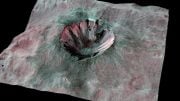
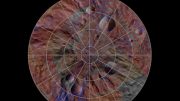
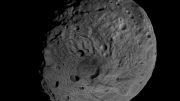
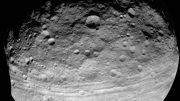
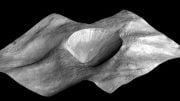
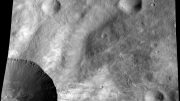
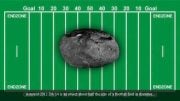
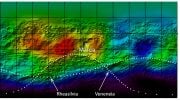
Be the first to comment on "ESO Image of the Week – New SPHERE View of Vesta"